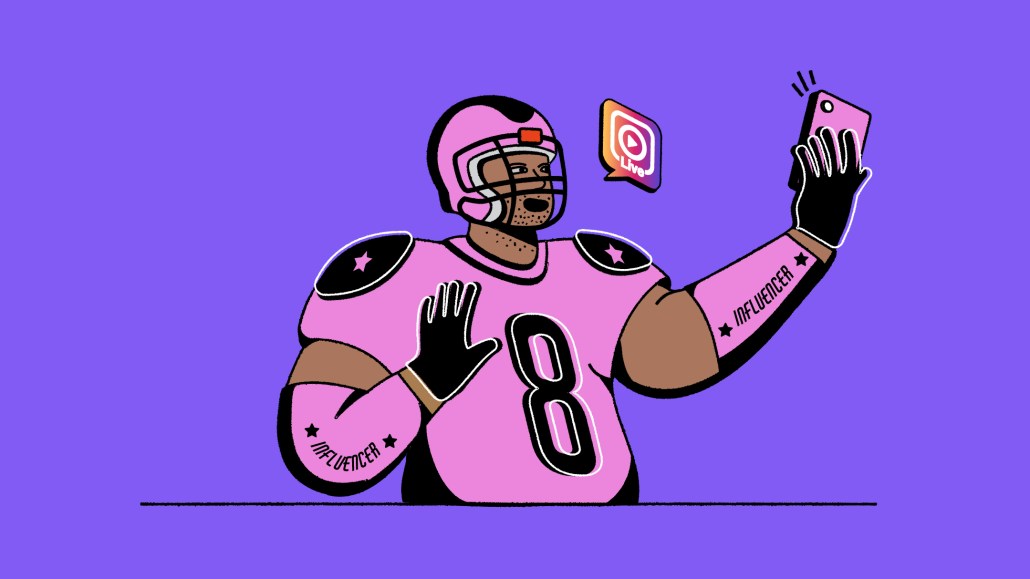Creator-first and competition-first approaches reflect the DNA of esports organizations

Every prominent esports organization features both competitive players and content creators. But most elevate one or the other, with some following a competition-first approach and others a creator-first strategy.
While each method has its benefits, even the largest esports organizations don’t necessarily have a “why” that sets them down either path; teams tend to naturally fall down one or the other based on the circumstances of their founding.
FaZe Clan is one of the most well-known esports organizations in the world, valued at $305 million by Forbes last year. It fields championship-winning teams in popular titles such as Counter-Strike, Call of Duty and PlayerUnknown’s Battlegrounds. But if you were to ask the average esports fan to name their favorite FaZe member, they’d probably mention one of the organization’s influencers, such as Richard “FaZe Banks” Bengston or Brian “FaZe Rug” Awadis. After all, FaZe originated in 2010 as a crew of trickshot-making YouTubers, only branching into competition years later.
According to FaZe Clan CRO Jeff Pabst, the organization took advantage of this creator-first approach in its recent partnership with McDonald’s. “This first iteration is focused mainly on our more high-profile content creators,” Pabst said. “I think that’s where you’re able to have a more scalable message with the largest audience possible.”
On the other end of the competition–creator spectrum is T1. A top-level esports organization in its own right, T1 openly focuses its branding on the success of its competitive teams and star players such as Lee “Faker” Sang-hyeok. “For us, the history of success and winning was already there before all this other stuff came about in recent years, with influencers and creators and hype houses,” said T1 CEO Joe Marsh.
Just as FaZe’s YouTube origins define its creator-first approach, so has T1’s history of competitive excellence granted it the confidence to lean on its professional players. T1 has won three League of Legends world championships, and some consider Sang-hyeok, a part-owner of the org, to be the greatest League of Legends player of all time. Even when the team brings on influencers or creators such as Tyler “Tyler1” Steinkamp, Marsh said, “they’re predominantly known for League of Legends — so we try to amplify the games that we’re [competing] in.”
Team Liquid is another top-tier esports org whose competitive roots inform its approach to branding and sponsorships. Co-owned by Steve Arhancet, himself a former League of Legends pro, the organization was founded in 2001 as a StarCraft community forum. “It was a celebration around watching other people play video games at the highest level,” Arhancet said, “and that has continued through the business decisions we’ve made in order to field top competitive teams.”
It’s an approach that’s worked well for Team Liquid, whose competitive players, such as Juan “Hungrybox” DeBiedma, have become influencers in their own right. “We make decisions to enter into games where we can provide value in that respective community and field a competitive roster,” Arhancet said. “And then along the way, while we’re in that community, we also develop relationships with influencers.”
Just because an organization starts out focusing on competition doesn’t mean it’s locked into that strategy. “Competitive is still very important to us,” said Misfits Gaming CRO Lagen Nash. “But as you can see, in the latest executions and PR releases and things out in the market, we’re definitely leaning into content creators and influencers.” After successfully building brand awareness through its competitive efforts, Misfits now primarily features its creators in brand partnerships such as a recent video collaboration between computer hardware firm Asus and Misfits influencer Amalie “ProxyFox” Reisvaag. “They specifically requested ProxyFox,” said Misfits vp of communications Becca Henry.
Indeed, competition-first and creator-first approaches are not mutually exclusive. The goal of either strategy is to use one side to raise brand awareness in a way that benefits all members of the team. In other words, a rising tide lifts all ships, a fact highlighted by the increasing prominence of both 100 Thieves’ competitive teams and creators since its founding in 2017. “When we started the company, it was always with that dual priority,” said 100 Thieves COO John Robinson. “Of course, we want to win, but the heart and soul of the company is the content creators and entertainment side of things.”
Like FaZe Clan, 100 Thieves uses influencers as the faces of the organization, but it has invested considerable time and funding into its competitive teams. Its League of Legends team qualified for the World Championship last week, and the organization’s Valorant team will be traveling to a Valorant major in Berlin this September. “Our fans expect us to do both, and they expect us to do both well,” Robinson said.
And as more esports organizations move from being competitive teams to fully realized entertainment companies, they are increasingly taking advantage of the power of individual creators to connect brands to their audience. However, many of these teams have built their audiences through their efforts in competitive gaming. Though influencers are growing in prominence, their legitimacy is tied to their teams’ competitive success. Thus, both are an important part of the whole.
More in Marketing

Agencies create specialist units to help marketers’ solve for AI search gatekeepers
Wpromote, Kepler and Jellyfish practices aim to illuminate impact of black box LLMs’ understanding of brands search and social efforts.

What AI startup Cluely gets — and ad tech forgets — about attention
Cluely launched a narrative before it launched a tool. And somehow, it’s working.

Ad Tech Briefing: Start-ups are now table stakes for the future of ad tech
Scaled ad tech companies need to maintain relationships with startups, when the sector is experiencing ongoing disruption due to AI.








